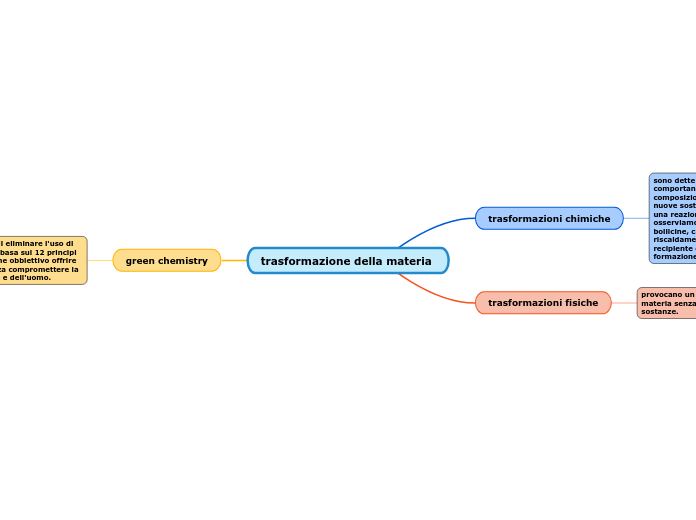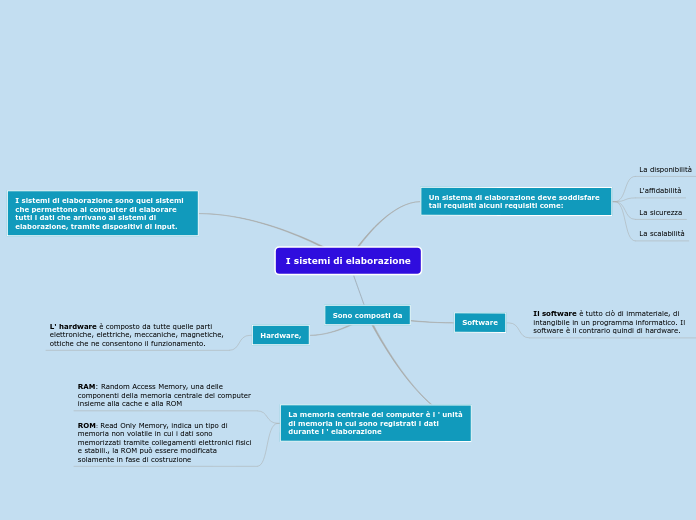trasformazione della materia
In physics, energy is the quantitative property that must be transferred to an object in order to perform work on, or to heat, the object. Energy is a conserved quantity; the law of conservation of energy states that energy can be converted in form, but not created or destroyed
green chemistry
nasce con l'obbiettivo di eliminare l'uso di sostanze pericolose. Si basa sui 12 principi fondamentali ed ha come obbiettivo offrire crescite e sviluppo senza compromettere la sicurezza dell'ambiente e dell'uomo.
Nuclear energy originates from the splitting of uranium atoms – a process called fission.
This generates heat to produce steam, which is used by a turbine generator to generate electricity. Because nuclear power plants do not burn fuel, they do not produce greenhouse gas emissions.
Write down the advantages and disadvantages of Nuclear Energy.
sintesi dell'ibuprofene.
sintesi del TPA
sostituzione dei fitofarmaci
trasformazioni fisiche
There are many different types of energy, which all fall into two primary forms – kinetic and potential.
Energy can transform from one type to another, but it can never be destroyed or created.
provocano un cambiamento reversibile della materia senza che si formano nuove sostanze.
Gravitational energy is a form of potential energy.
It is energy associated with gravity or gravitational force, in other words, the energy held by an object when it is in a high position compared to a lower position.
Give examples.
sbucciare una mela
fondere il burro in padella
dissoluzione del sale in acqua
trasformazioni chimiche
Energy storage is the capture of energy produced at one time for use at a later time. A device that stores energy is generally called an accumulator or battery.
sono dette anche reazioni chimiche, comportano una variazione della composizione originale e la creazione di nuove sostanze. Possiamo dire che c'è stata una reazione se la trasformazione che osserviamo comporta: formazioni di bollicine, cambiamento di colore, riscaldamento o raffreddamento del recipiente dove avviene la reazione, formazione scomparsa di un solido.
Thermal energy storage is achieved with widely differing technologies.
Depending on the specific technology, it allows excess thermal energy to be stored and used hours, days, months later, at scales ranging from the individual process, to building or town.
What are 3 types of thermal energy?
preparazione della marmellata e del formaggio
formazione della ruggine sul ferro
abbronzatura solare, dovuta alla formazione di melanina









